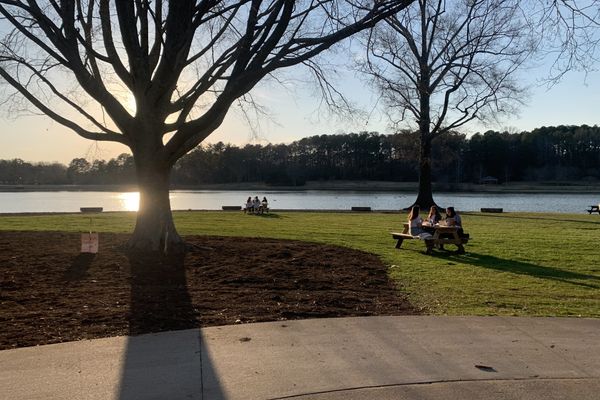Today is the Day of Silence, a national student-led demonstration to protest the discrimination and harassment LGBTQ students face in schools. Those who participate choose to take a vow of silence for the day to represent the silencing of LGBTQ students.
This annual demonstration was created in 1996 by Maria Pulzetti, an undergraduate student at the University of Virginia. In an interview with Oasis Magazine, Pulzetti explained that she sought to create a demonstration people could not ignore. A public demonstration would reach more people than an isolated event or panel, Pulzetti theorized, as the attendees of such events would be “the people who were already fairly aware” of challenges faced by members of the LGBTQ+ community. This event was sponsored by the Gay, Lesbian and Straight Education Network (GLSEN) in 2000 and has since become a national demonstration.
The Day of Silence has grown far beyond its humble beginnings at the University of Virginia. Every year, middle school, high school and college students across the country take a daily vow of silence to honor those who have been silenced by oppression. In the last several years, over 10,000 participants have registered with GLSEN every year. Students have participated in the Day of Silence in all fifty states, as well as in New Zealand, Russia and Singapore.
In every year on a chosen day of April, students who choose to participate go through the school day without speaking, sometimes ending the day with Breaking the Silence rallies and events to share their experiences of oppression.
All students deserve to feel safe and accepted in school, but for far too many LGBTQ students, that is not the case. According to a 2017 Youth Risk Behavior Survey, American high school students who identify as lesbian, gay or bisexual reported having been bullied on school property in the previous year at almost double the rate of students who identify as being straight; and the rate was 33% last year compared to 17% for straight students. In addition to discrimination queer students may face from their peers or administration, there is also currently a series of legislation in the works that targets transgender youth. Just this week, the Oklahoma House passed a bill banning transgender girls from participating in school sports consistent with their identified gender. Right now, there are more than 234 anti-LGBTQ bills under consideration in state legislatures across America. At least 66 of these bills are similar to the one recently passed in Oklahoma.
Today, you have the opportunity to take a vow of silence. But even if you do not, I encourage you to reflect on the ongoing struggle of the LGBTQ community. We can take this opportunity to honor those, such as Maria Pulzetti, who have fought for progress, but we must also look to the future. School is still not an entirely safe place for LGBTQ youth; and we must continue advocating to make it so.
